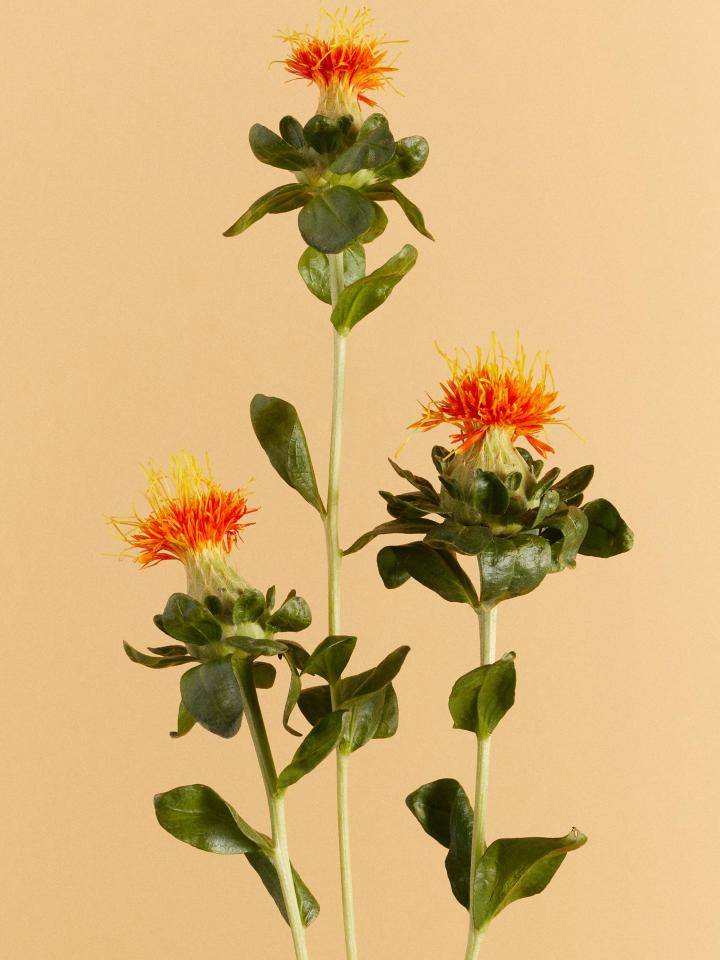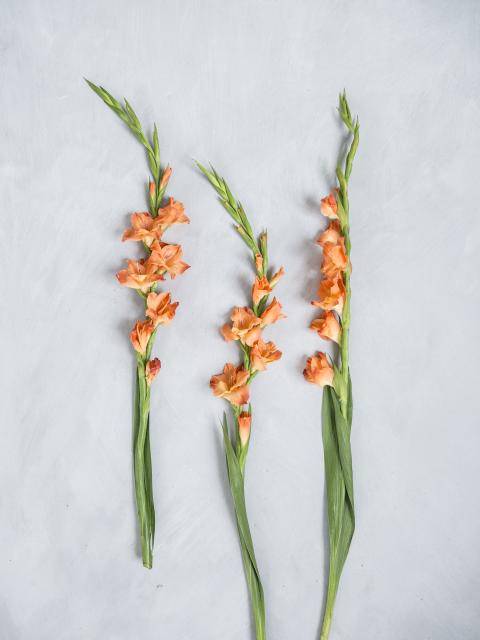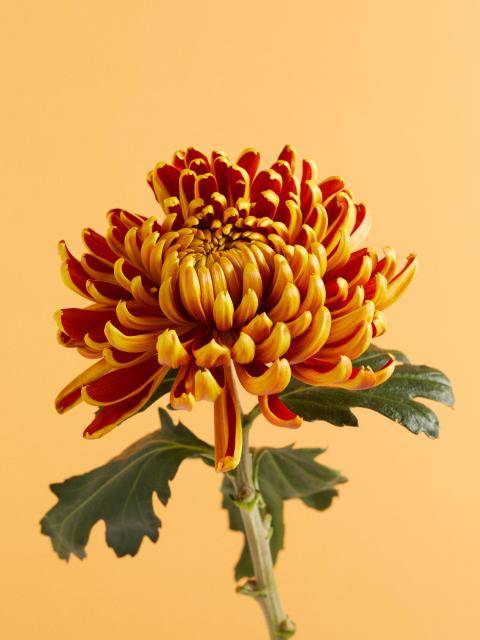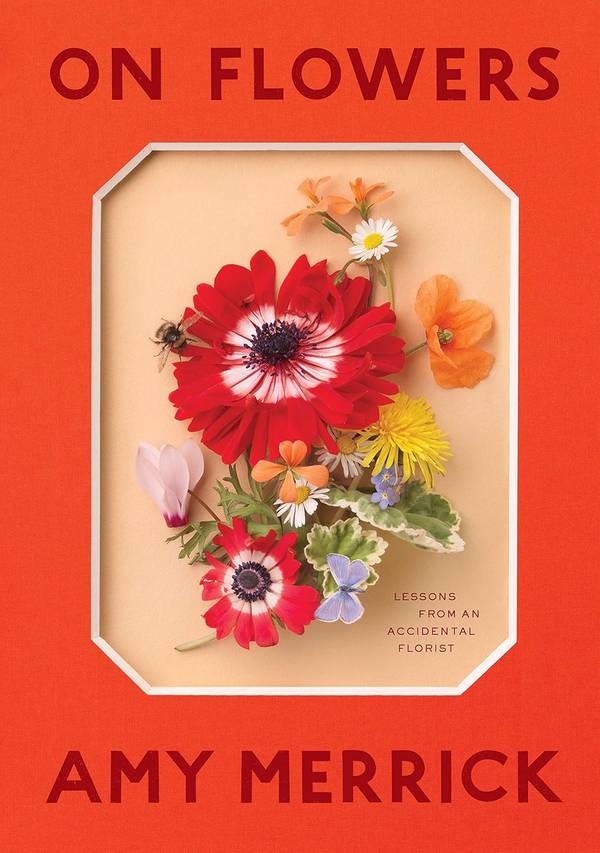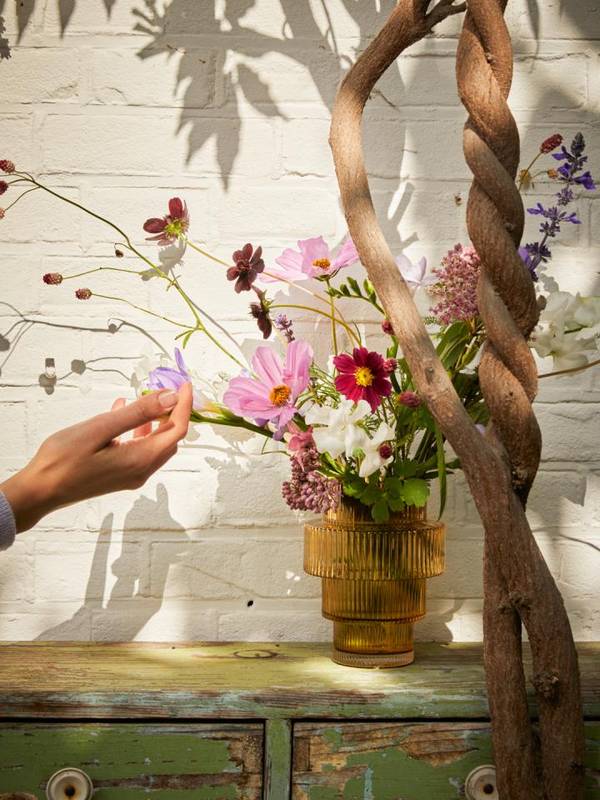
Care
- Cut the flower stems at an angle of 3-5 cm.
- Place the safflower in a clean vase with ice-cold, clean water.
- Add cut flower food to the water.
- Do not place the flowers in a draught, in full sunlight or near any other source of heat.
- Do not put your flowers near the fruit bowl. Fruit gives off natural ethylene gas, which causes flowers to age faster.
Colours and shapes
The scientific name of safflower is Carthamus tinctoria. You can recognise safflower by its thistle-like shape and its striking colour: the flower turns from yellow via orange to red. The leaves are spiny.
Symbolism
These flowers symbolise happiness and joy. In folklore, the flowers were thought to attract love or even marriage. Are you single and want to change that? A vase full of safflower might just change your relationship status!
Origin
Originally this flower was found only in Turkey, Syria and the area described as the Levant. The name Carthamus tinctoria refers to the fact that the flower was used as a basis for paint. Carthamus refers to the Arabic word kurthum, which means 'paint' and tinctorius means 'used as paint'. Ancient Egyptians used safflower to dye mummy wrappings and tombs as early as 3500 BC. In other parts of the world, oil from the flower is used to light lamps, prepare food, and is used in soaps, salves and cosmetics. In China, the flower and the plant are used in medicine. So the safflower is a versatile plant!
